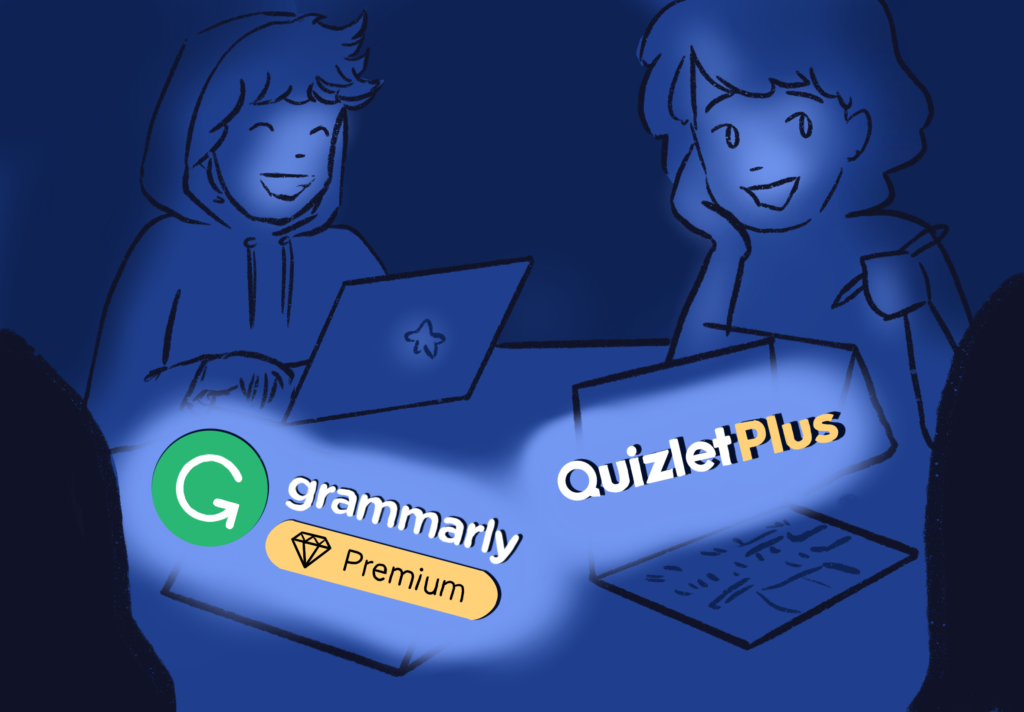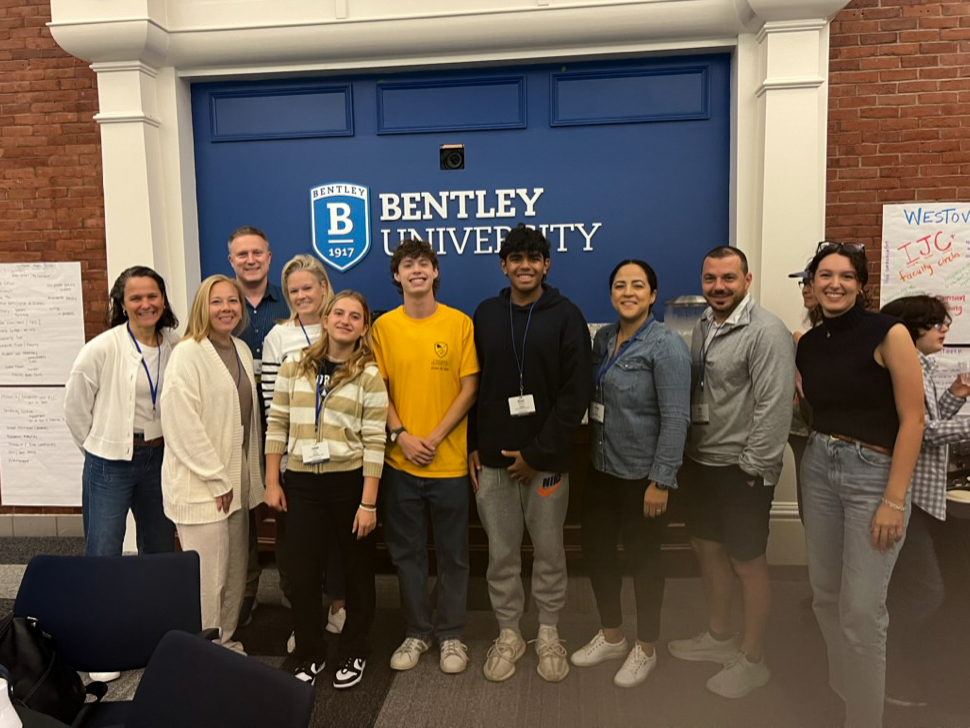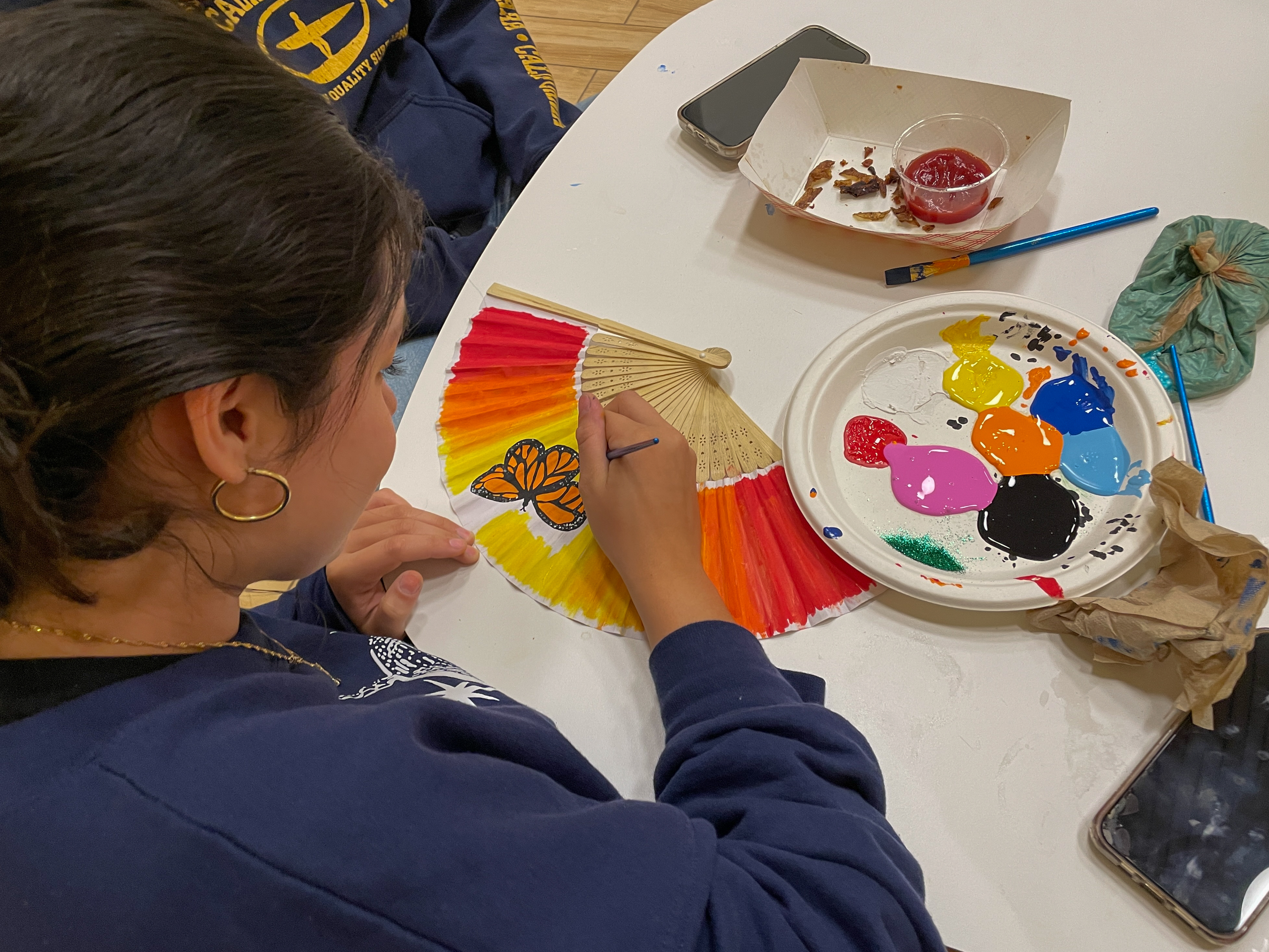Ms. Jennifer Tuleja, Director of the Andrew Mellon Library, hopes to modernize the way the library offers educational resources, in order for the library to come closer to becoming an academic and social hub at Choate.
Recently, some librarians have begun to teach a few World History classes, as the course incorporates a more project-based curriculum with a large emphasis on research. Librarian Ms. Courtney Jaser commented on the value of the classes she teaches. “For most students, the World History classes are the first time they have to do that kind of substantial research, so these classes are very helpful,” she said. Ms. Jaser collaborates with World History teachers to help students find better sources, a skill that she hopes will help them throughout high school and beyond. Specifically, Ms. Jaser teaches students about primary sources, secondary sources, concept mapping, and citing sources. In addition, the library has recently expanded its repertoire of scientific journals so that students can more easily find the sources they need, including journals such as Nature.
Ms. Jaser takes great care not to have her classes be dominated by lectures. “In the past, with similar classes,” Ms. Tuleja said, “students would read a little reference article from a book that was a page long, and then highlight the terms, and we’d talk about it, and it was all sitting in a seat and boring.” Now, students are in activities that make them look for books and investigate as a group the outcome of their exercise. Mrs. Tuleja noted the difference in how the teaching method changes how effectively a student understands a concept, saying, “So instead of talking about narrowing a topic and asking a research question, students could visually see it when they write on the whiteboard.”
Addison Lee ’19, a World History student, said, “Last year I never actually even came to the library, so having a world history class that requires the use of the library is really important.” He added, “The library has taught me how to research properly, and actually find primary sources, because I’d never used a library site before. So now that I know how to use it, I’m able to find any book I pretty much want now, instead of having to ask the librarian for help.”
Ms. Tuleja believes that the library can seem more of a welcoming space if word gets out to others of how the library is modernizing this year. Ms. Jaser is looking to expand the reading room areas for larger classroom sizes.
Ms. Tuleja has worked in the past as the Executive Director of Newport’s Redwood Library, and as the Directo of of Library Services and Archives at St. George’s School library. The first thing she did after starting her new job was to dispose of anything that had simply been lying around in the library since the 1970s. She explained, “By clearing out what was outdated, the space was already somewhat modernized.”
Ms. Tuleja then replaced some older displays and featured books with pieces that better reflected peoples’ tastes in the modern era. She decided to display the latest young adult books, such as the Throne of Glass series by Sarah Maas, in the British and American Literature Reading Room. She also was determined to change the book displays every month, cycling in more recent and exciting pieces of literature. Ms. Tuleja hopes that this will help encourage students and faculty families to come to the library for enjoyment, and not only for learning.
Ms. Tuleja also reorganized the DVD section of the library. Before this fall, the library had used call numbers to organize the DVDs in the bookstacks, which was confusing to some. As a result, Ms. Tuleja brought the DVDs up to the browsing section, and now has them alphabetically organized. Additionally, Mrs. Tuleja purchased several pairs of Beats to take the place of what she described as “bad airplane headphones” that the library had owned before.
The library hopes to incorporate more modern technology and make it easier for furniture to be moved to encourage students to collaborate in small groups. Ms. Tuleja remarked, “A lot of what appeals to students is that coffee-café culture, where you can be elbow to elbow with your friend and study together, even though you’re not doing the same thing. You can talk, you can have coffee, food. And that can be this place. So the variety of seating for students has to be amplified, and once we have that variety, I think we’ll have more kids here.”





